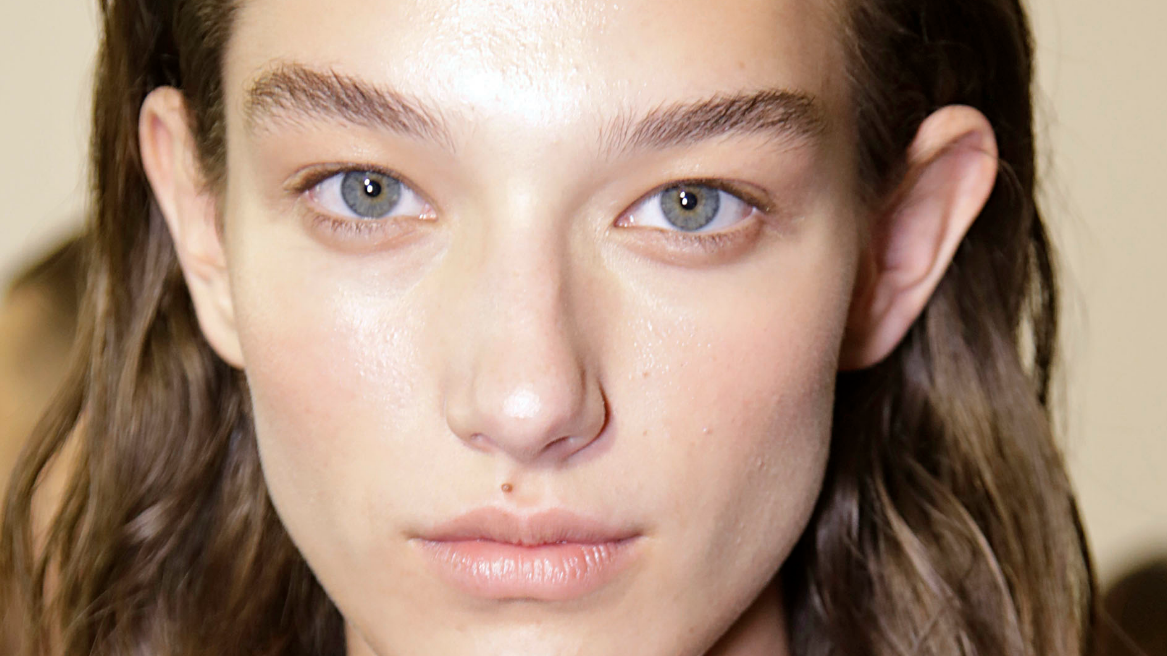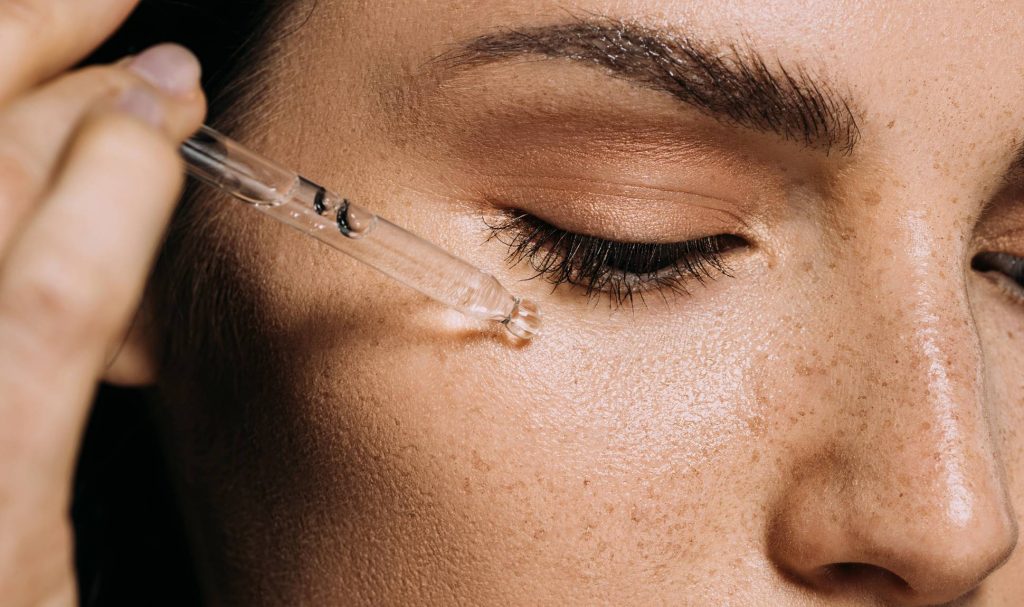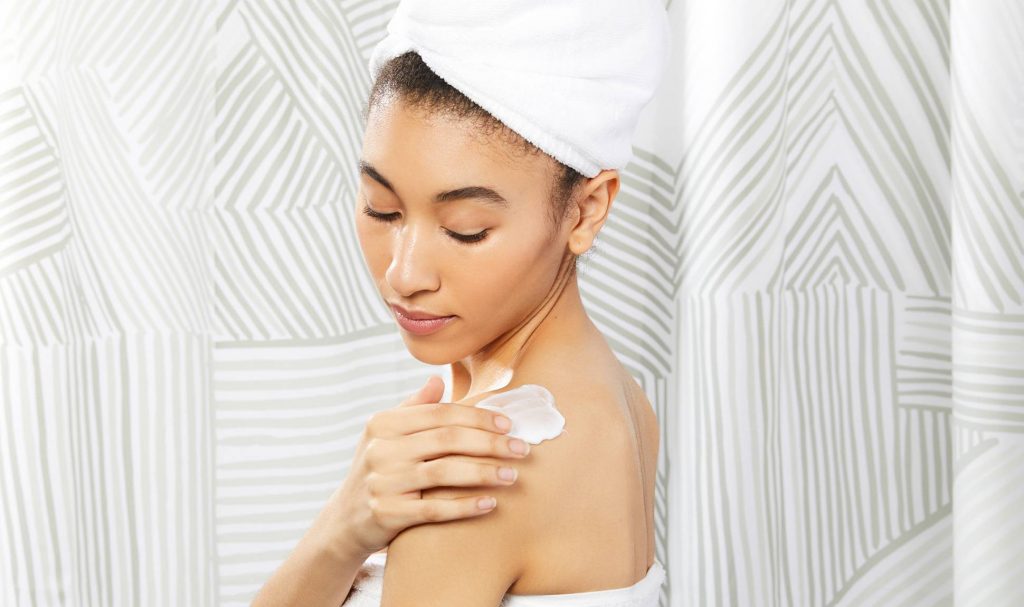Hello, and welcome to your crash course on essential oils. We’re happy to have you, whether you stumbled here by chance or because you’re seeking more information on the age-old plant extracts that have become increasingly popular over the years. Because of their widespread prevalence in both the beauty and wellness spaces — not to mention the fact that there are countless conflicting opinions out there — we figured it was time to enlist the help of experts to create a comprehensive guide to essential oils and all the ways you can use them to your advantage.
Let’s jump right into it, shall we? We’ve got a lot of groundwork to cover.
First things first, what are essential oils?
Simply put: Essential oils are highly concentrated, volatile plant extracts obtained through different extraction methods, including steam distillation, which is the purification of a liquid via heating. A few popular elixirs include rose oil (which is derived from actual rose petals), lavender oil, and tea tree oil, but believe it or not, there are actually thousands of known essential oils with about 300 available commercially, all of which boast different health and lifestyle benefits, according to Adam Friedman, a dermatologist based in Washington, D.C..
How are essential oils used?
Great question: Essential oils can be used in many ways, and not just for skin care. “Essential oils can be diffused for inhalation, applied topically, or used for cleaning,” says New York City-based certified acupuncturist Mila Mintsis, who specializes in pain management and anxiety disorders.
According to dermatologist and founder of SmarterSkin Dermatology in New York City, Sejal Shah, it may be best to inhale essential oils if your concern is internal or emotional (lavender oil may be an excellent choice for this). “Clinical studies have shown that aromatherapy by inhalation can have real benefits for people with, for example, anxiety, [problems with] mental focus, depressive symptoms, and menstrual pain,” says Robert Tisserand, an essential oil educator and aromatherapy expert from California. He adds that using essential oils via bathing, diffusing, and topical application can also be helpful in terms of well-being.
When it comes to essential oils used in skin care, things tend to get complicated. While there are several oils that may aid in healing, toning, and brightening skin (Shah recommends tea tree, rose, rosehip, sandalwood, chamomile, and lavender), there are also elixirs that can spark serious skin reactions and even chemical burns due to allergies and phototoxicity.
“Phototoxic essential oils include bergamot [and citruses, like] lime and lemon, that should not be used at more than 0.5 percent on skin exposed to any amount of sunlight,” says Tisserand. (It’s also worth noting that the type of extraction used can actually determine whether a certain essential oil becomes phototoxic or not. For instance, when bergamot is cold pressed, it is phototoxic and when it’s steam-distilled it’s not.) “Phototoxic reactions can be pretty nasty, regardless of whether you have sensitive skin,” adds Tisserand. Shah says oils like cinnamon, clove, lemongrass, cassia, black pepper, and wintergreen can be irritating and recommends always using proper dilution and doing a skin patch test first.
Wait, but what is dilution?
Dilution might just be the single most important factor when it comes to using essential oils safely in skin care. “When used on the skin, the more an essential oil is diluted, the less risk there is of an adverse skin reaction,” explains Tisserand, who recommends referring to his dilution chart if you’re unsure how much you should be diluting a certain oil. “If you’re going to apply it topically to the skin, the essential oil should be diluted in what’s known as a carrier oil, such as coconut oil [or argan], because applying the essential oil in its concentrated form to the skin can cause significant irritation,” says New York City-based dermatologist Joshua Zeichner.
Using a more concentrated oil doesn’t necessarily mean reaping greater benefits in most situations, according to Tisserand. “A carefully selected vegetable oil, [for instance], can add to the overall positive effect on the skin, so there really isn’t any good reason to not dilute essential oils,” he explains. Mintsis adds that while some essential oils, such as lavender, should be safe to apply on its own, err on the side of caution and always dilute before application.
How can I tell if an essential oil is safe for the desired use or not?
According to Mintsis, the only oils that should be used are the ones that are considered safe and allowed for internal consumption. “It will usually say on the bottle or company’s website, and in this case, you know for a fact that the company guarantees purity and high quality of its oils,” she explains.
Another way to tell if a brand is up to par is if it has its own farm and produces its own oils or buys in small batches, says Mintsis. “This way they can guarantee the purity of oils and that no other synthetic oils were used,” she says. Shah also notes that because essential oils aren’t regulated by the Food and Drug Administration, you need to be extra careful to ensure you’re purchasing from a reputable source. (We’d recommend asking an expert for a reference first.)
Can I use them if I have sensitive skin?
Essential oils are plant-based, smell amazing, and contain chemical compounds that can do everything from kill acne-causing bacteria to help regulate hormonally stressed skin. But new natural skin-care lines such as Trilogy and Natrèceutique are making an effort to leave them out. The reason: Essential oils are chemically active and potentially harsh compounds, and creams with lots of them sound nice but can irritate sensitive skin.
That said, you should be conscious of which essential oils you’re using. Gentle ones, like geranium, chamomile, blue tansy, and ylang-ylang, are low in aldehydes and phenols, which are compounds found in plants that can irritate skin, says Amy Galper, New York City director of the National Association of Holistic Aromatherapy. But even so, you want to see any essential oils low on the ingredient list — that signals their concentrations are small enough to help, but not irritate, your skin. “Anything listed after the fifth ingredient is usually at less than 1 percent,” says cosmetic chemist Ginger King.
Which types of oil should I use on my skin — and which oils are better for non-beauty purposes?
Below is an abbreviated rundown from our experts. (FYI: Aside from cleaning and topical skin-care application, the below essential oils can be diffused for inhalation.)
For stress and anxiety: Lavender, cedarwood, lemon, bergamot, orange, and valerian.
For skin care: Lavender, carrot seed, rose, rosehip, frankincense, geranium, tea tree, ylang-ylang, and patchouli.
For cleaning: Cinnamon, pine, and lemon.
For a pick-me-up: Lemon and peppermint.
For immune-boosting: Lemon, lavender, tea tree, eucalyptus, oregano, thyme, orange, and cinnamon.
What are common misconceptions surrounding essential oils?
When it comes down to it, essential oils have not been studied thoroughly enough to be proven cures for disease, a fact Chicago-based cosmetic chemist Perry Romanowski points out. “Aromatherapy is not a proven science,” he says.
And there’s another big myth that we need to dispel: the idea that essential oils are totally innocuous. Unfortunately, people often believe essential oils are inherently safe because they’re natural. In reality, they can have adverse effects that irritate the skin and should be used with caution and care.
All this to say: Whether you’re an experienced essential oil user or a total beginner, it’s always a good idea to consult an expert. Additionally, remember to use safe practices when using essential oils, which means diluting them with a carrier solution and ensuring your oil comes from a reputable source.




